Baishishan Scenic Area, also known as Baishishan National Geological Park, is called "Xiaohuangshan" because its scenery resembles the Huangshan Mountain in Anhui Province.
Baishi Mountain is located 15 kilometers south of Lianyuan County. It is named for its white marble, which reflects the majestic, strange and dangerous mountain landscape. The mountain is tall and has "three peaks, six platforms, nine valleys and eighty-one peaks". The main ridge line is more than 7000 meters long and the highest peak is 2096 meters above sea level. It is the dragon head of the northwest uplift of the North China Plain. During the Warring States Period, Duling was divided into Yanzhao and Liao and Song Dynasties. Baishi Mountain has many peculiar peaks, its cliffs are old and dangerous. It is straight up and down everywhere, like a knife and axe, with few curves and many edges and corners. Especially in the peak forest landform zone, the height difference is large and the density is large, which is the only marble peak forest landscape in China.
Baishi Mountain is named for its white marble. The core marble peak forest is in the primitive natural state, which has high scientific value and ornamental value. Baishi Mountain has a high altitude, steep slope, cliff cliff cliff, the highest altitude of 2096 meters. It has the only marble peak forest landform in China. It is a new type of peak forest landform in China. Fenglin is unique in shape and various in appearance. In summer, there are many clouds and fogs in the mountains, and Buddhist light in the sea of clouds appears frequently. The whole scenic area can be summarized in four words: male, strange, dangerous and illusory.
There are many kinds of plants in Baishi Mountain, with dense vegetation. The forest area is 28,000 mu. There are second-class protected plants such as Caragana gigas and so on. There are large areas of pure birch forest with high ornamental value. North China leopard and a large number of goats, badgers, badgers, pheasants, rabbits and so on are among the first-class protected animals in China.
Baishishan Scenic Area, also known as Baishishan National Geological Park, is called "Xiaohuangshan" because its scenery resembles the Huangshan Mountain in Anhui Province. Located 15 kilometers south of Lianyuan County, it is named for its white marble mountains, reflecting the majestic, strange and dangerous mountain landscape. The mountain is tall and has "three peaks, six platforms, nine valleys and eighty-one peaks". The main ridge line is more than 7000 meters long and the highest peak is 2096 meters above sea level. It is the dragon head of the northwest uplift of the North China Plain. Baishi Mountain has many peculiar peaks, its cliffs are old and dangerous. It is straight up and down everywhere, like a knife and axe, with few curves and many edges and corners. Especially in the peak forest landform zone, the height difference is large and the density is large, which is the only marble peak forest landscape in China.
Baishi Mountain has a high altitude, steep slope, cliff cliff cliff, the highest altitude of 2096 meters. It has the only marble peak forest landform in China. It is a new type of peak forest landform in China.
Baishishan Mountain is covered with white marble, and the core marble peak forest is in the primitive natural state, which has high scientific value and ornamental value.
There are many kinds of plants in Baishi Mountain, with dense vegetation and 12% forest coverage. The vegetation is mostly vertically distributed, with a forest area of 28,000 mu. There are large areas of pure birch forests with high ornamental value, which are distributed between 1300 and 2000 meters above sea level.
There are many kinds of animals in Baishi Mountain. The first-class protected animal, North China leopard and a large number of goats, badgers, badgers, pheasants and rabbits, are found here.
Glass plank road
The trestle is located 1.5 kilometers from Shuangxiongshi to Feiyunkou, Baishi Gallery. It was built on May 10, 2014. According to Hebei News Network, the construction of the longest, widest and highest elevation hanging glass trestle in China has come to an end and is expected to open to the outside world in mid-September 2014, according to the Baishishan scenic spot in Lianyuan.
The longest and widest suspended glass trestle in China is located in Baishishan Scenic Area, 15 kilometers south of Laiyuan County, Baoding, with a total length of about 95 meters, a width of 2 meters and an altitude of up to 1900 meters. Baishishan glass trestle is a concrete frame structure. The 3.2 cm thick double-layer glued glass is skillfully combined with stainless steel keel skeleton. It bears 1000 kg per square metre, bringing different experiences to tourists while ensuring safety.
Baishishan Scenic Area in Lianyuan County, Hebei Province, has completed the "longest suspended glass trestle road in China" and opened to tourists. Many tourists have come to visit Baishishan Scenic Area with an average daily reception of 30,000 people, far exceeding the reception capacity. Due to the limited carrying capacity of ferry and ropeway, some tourists stay at the entrance of scenic spot for a long time.
On September 24, 2014, Baishishan Scenic Area, Laiyuan County, Hebei Province, "the longest suspended glass trestle road in China" was completed and opened to tourists.
Peak forest
Xiongju Taihang Mountains in the northernmost end of the Juma River, known for the topography of peak I forest. The essence of the scenic spot consists of more than 100 scattered and relatively independent peaks. The main peak is 2096 meters above sea level.
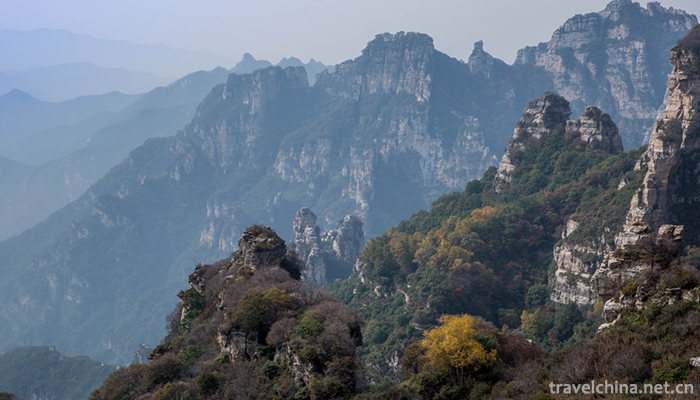

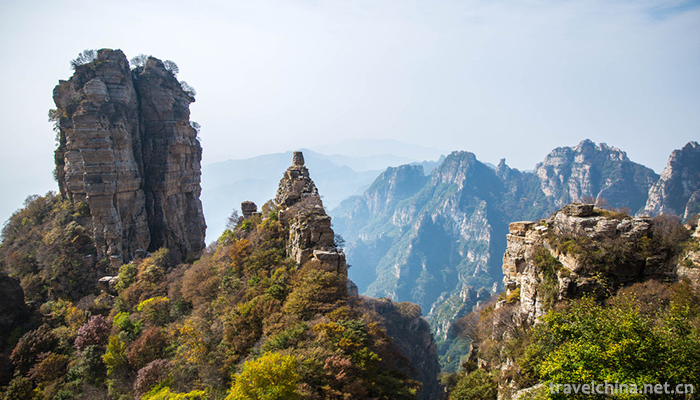
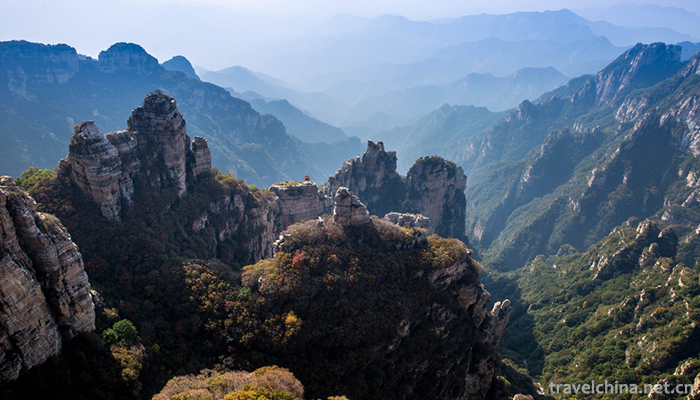
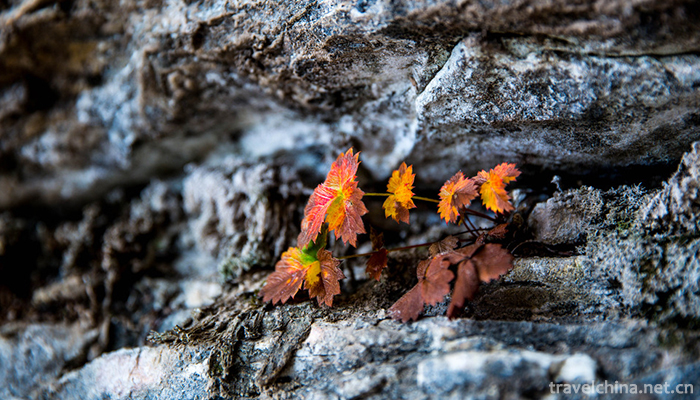
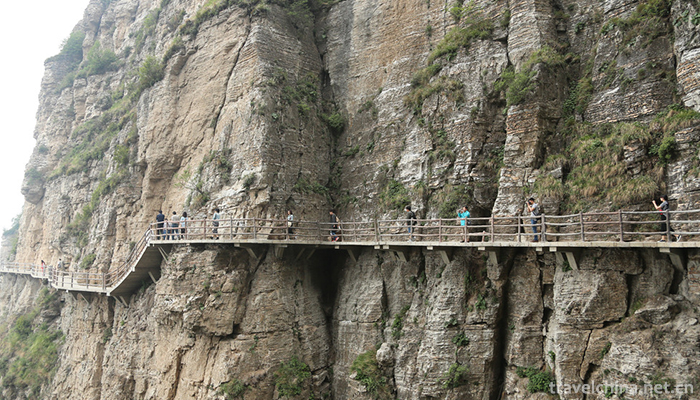
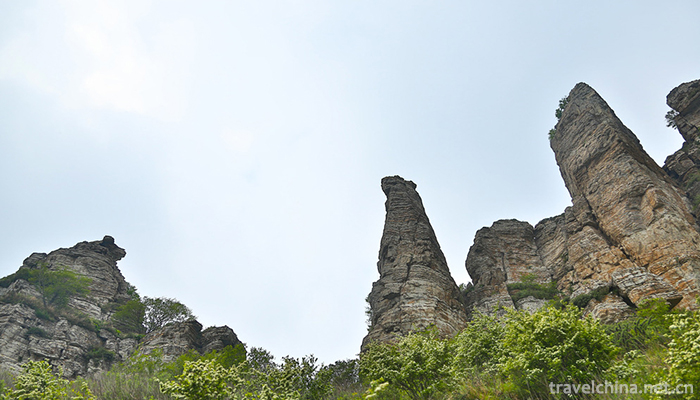
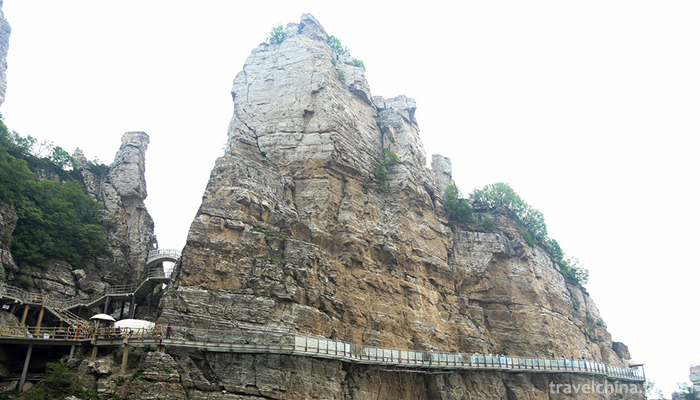
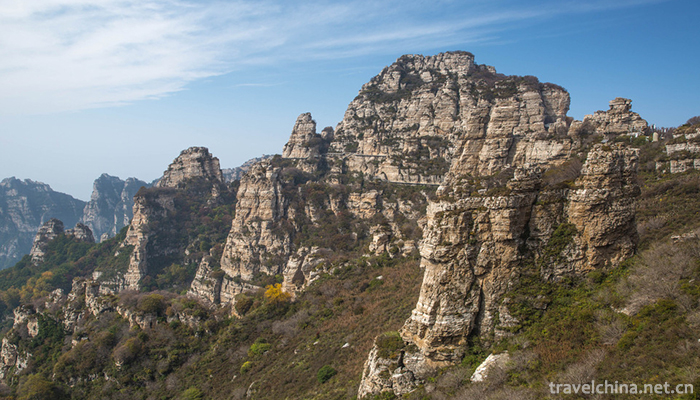
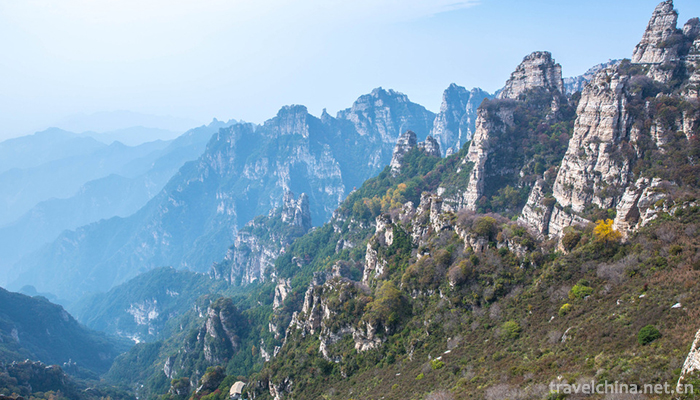
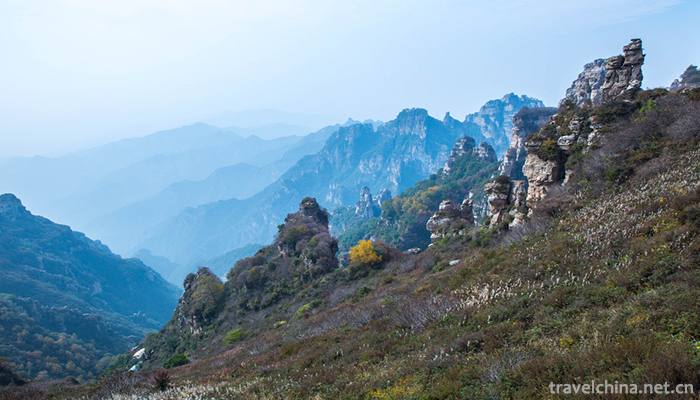
0 Questions
Ask a Question
Your email address will not be published.